Today, of course, is the 70th Anniversary of the attack on Pearl Harbor. Last year, the Reno Gazette-Journal carried a rather odd editorial (sadly, it doesn’t appear to be archived) which I thought painted a pretty inaccurate picture of what Pearl Harbor is like today. The editorial essentially argued that the attack had been forgotten, and the Navy had all but passed Pearl Harbor by. Update: The RGJ published almost the same piece again this morning – here’s the relevant passage:
Few reminders remain of the devastation of that day in 1941. The great battleships are gone to mothballs or scrap. The bustle of the modern naval base is elsewhere. There’s little activity — just the tourists (by some accounts, as many as half are Japanese) who have come to pay their respects to those who, in President Franklin D. Roosevelt’s words, died on that “date which will live in infamy.”
I wrote a response of sorts at the time, sharing some pictures that I took when I was stationed there in December 1999 with some friends and co-workers. Unfortunately I was having some technical problems with my blog at the time, so I didn’t get to post it then, but I thought it would be worth sharing here now.
To get to the memorial, you have to take a small boat. In front of the memorial above the waterline is one of the mounts for one of her aft 14 inch gun turrets. (14 inches is the bore, not the length – BIG bullets!) Pearl Harbor isn’t actually that deep – only about 45 feet – so you can still see a lot of the ship’s remains from the memorial itself. Behind the memorial is the USS Missouri, which was moored there in the late 90’s as part of the whole memorial complex.
This is the mount again. In the background, you can see the suburbs of Honolulu and the relatively new causeway that connects Ford Island (which sits in the middle of Pearl Harbor) with Oahu itself. There are some old buildings on Ford Island that still have (or had, these were taken in 1999) bullet holes from the Japanese attack. (When I was there, it was still hangars and airfields, but now I’m told it’s mostly base housing.) The area is still soaked in history, and it’s impossible to so much as look out over the Harbor without thinking about the “infamous” day in 1941.
You can see just how shallow the wreck really is here. Most of the ships sunk in the attack were quickly raised and sent back into service against the Japanese. The only ones that weren’t were the Arizona and the USS Utah which was (and still is) on the other side of Ford Island.
When I took these, I was participating in a rehearsal for one of the annual memorial ceremonies they conduct on December 7th every year. Many of the participants were survivors who lost a lot of friends that day. (One guy introduced me to an elderly Japanese man, saying, “I want you to meet my best friend – he torpedoed my ship!” The two had gotten to know each other through various events and reuinions.) People leave leis floating in the water like flowers on a grave, which, of course, the Arizona now is.
The USS Nevada actually got underway during the attack, which was pretty remarkable – those were incredibly big ships and Pearl Harbor doesn’t have a lot of room to maneuver in. Nevada tried to make it to open water, but when it became apparent that wasn’t going to happen, she was intentionally grounded so the Japanese couldn’t sink her in the harbor entrance (which is very narrow) and block access to Pearl and its repair facilities (weirdly left untouched by the Japanese, and still in use today) for the carriers who were underway at the time of the attack.
Arizona was full of fuel when she was sunk, and that fuel oil (not to mention the countless lube oil boxes that served all kinds of shipboard systems) is still there and seeping out of the decaying wreck. For some reason, this always struck me as a particularly poignant reminder that this was a real ship with real people on it, and not some piece of dead and dusty history.
Here is the USS Missouri, as seen from the Arizona Memorial. She’s now a museum. One of the things that bugged me about the RGJ’s editorial is that they said the battleships were gone, which of course isn’t the case. It’s fitting that the ships which started and ended the war in the Pacific now sit side by side.
The RGJ said that the activity of a busy naval base had moved elsewhere, but nothing could be further from the truth. This is a picture of the ship I was stationed on at the time, the USS Russell, a guided missile destroyer. Dozens of warships of nearly every description call Pearl Harbor their home port, and many more stop there on their way across the Pacific. Visiting warships from other nations are hosted there, including several from Japan who stopped from time to time while I was there.
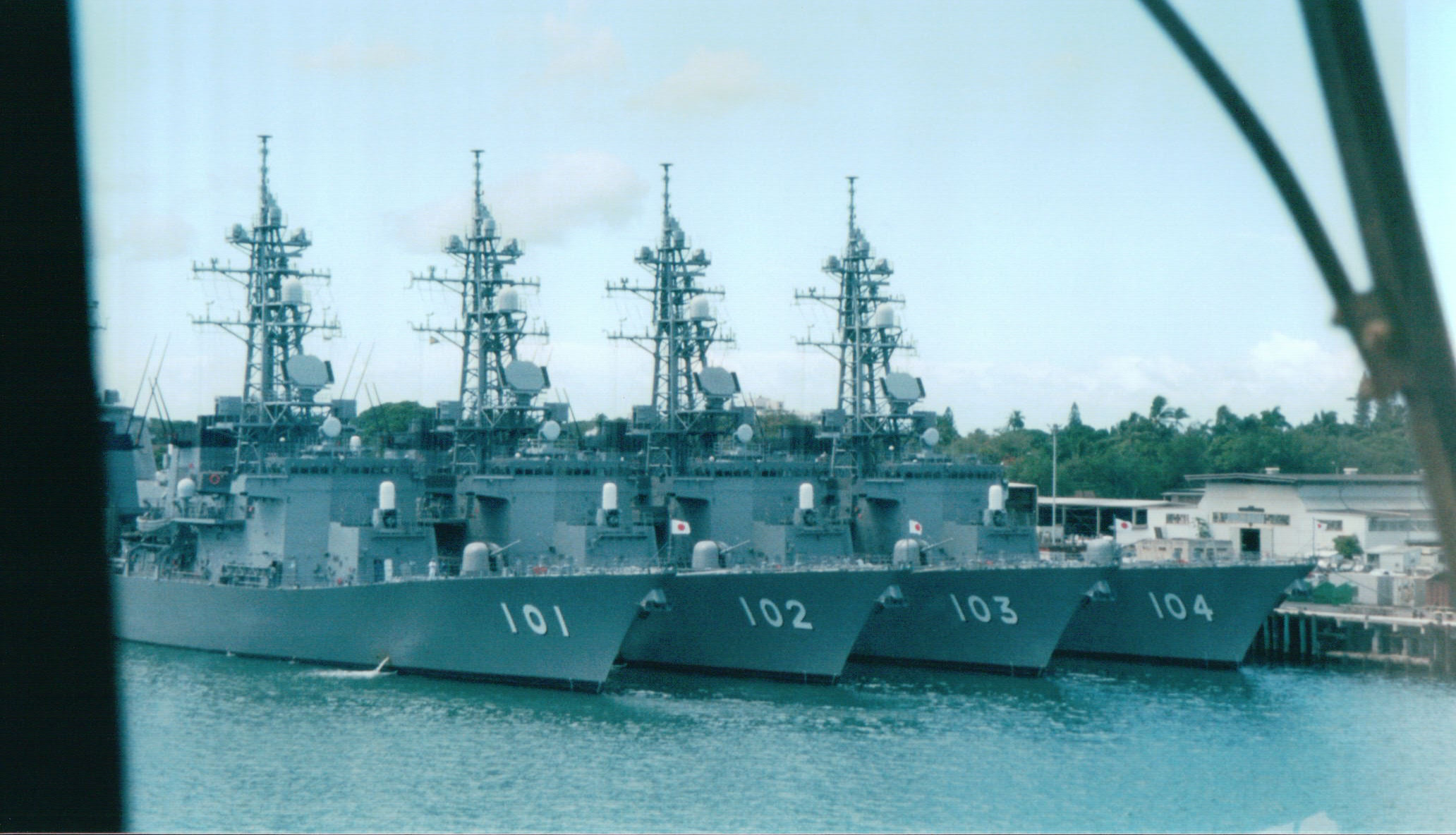
These Japanese destroyers were visiting Pearl Harbor for a large international exercise when we got back from my first deployment aboard USS Russell. (This pic was taken several months later than the others.) There were a lot of nerdy jokes on the bridge about time warps and alternate histories...
It is simply impossible for any ship to moor up in Pearl without being reminded of the history of the attack and the lessons to be learned about eternal vigilance and readiness being the price of liberty.
Please take a moment to remember this day. Remember the people who lost their lives; those who, like the Sunday morning duty section of the USS Nevada, saved countless others through quick thinking and smart action; and those who are fighting on our behalf today all over the world. Think of them in particular when you hear Christmas songs like “White Christmas” and “I’ll be Home for Christmas” – I can tell you those are particularly meaningful to the folks overseas this season!


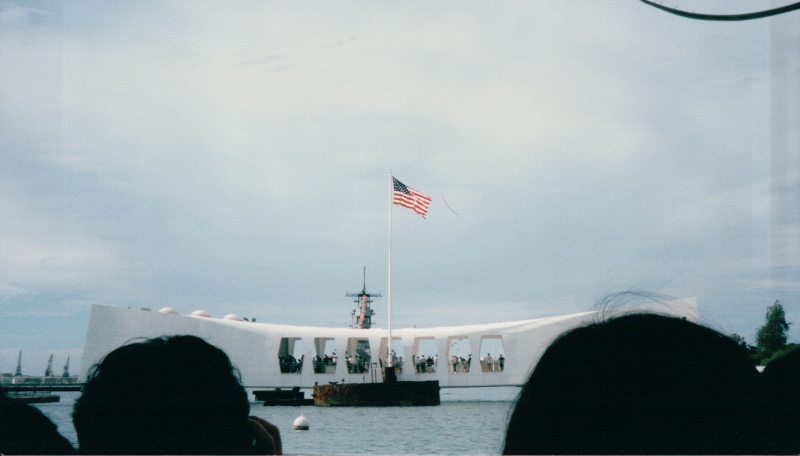
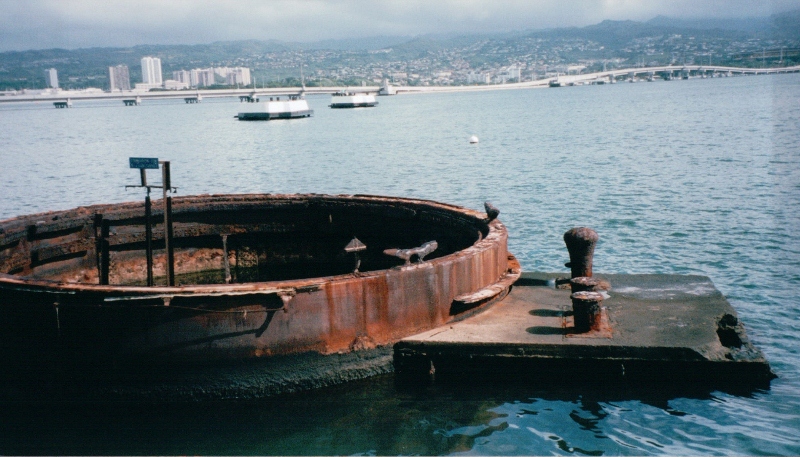
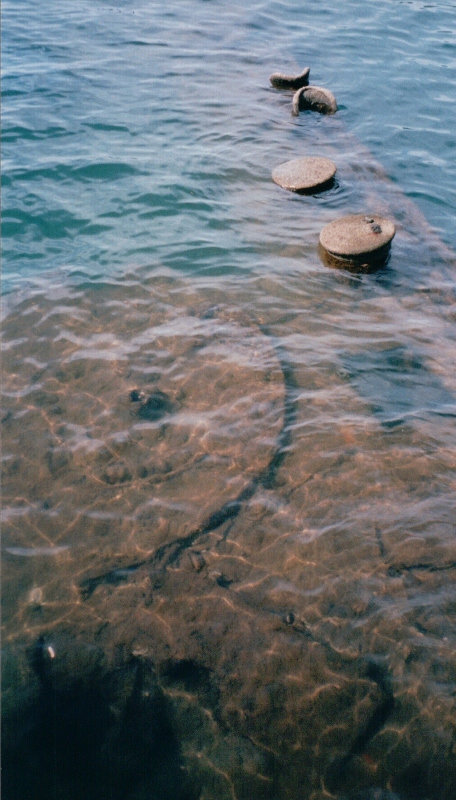
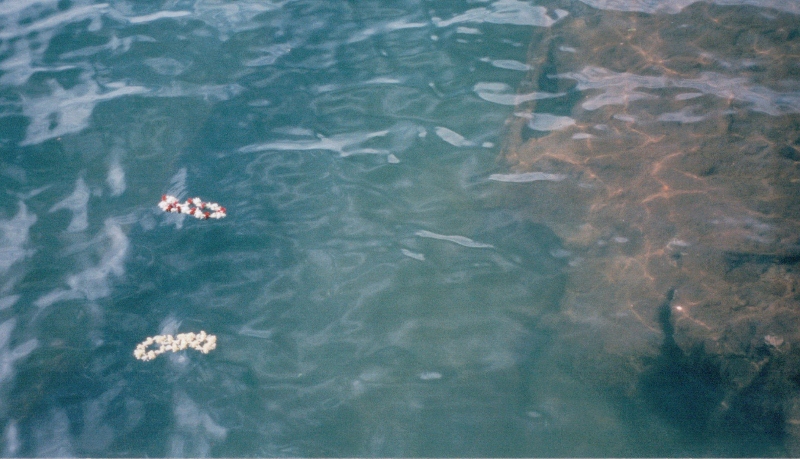
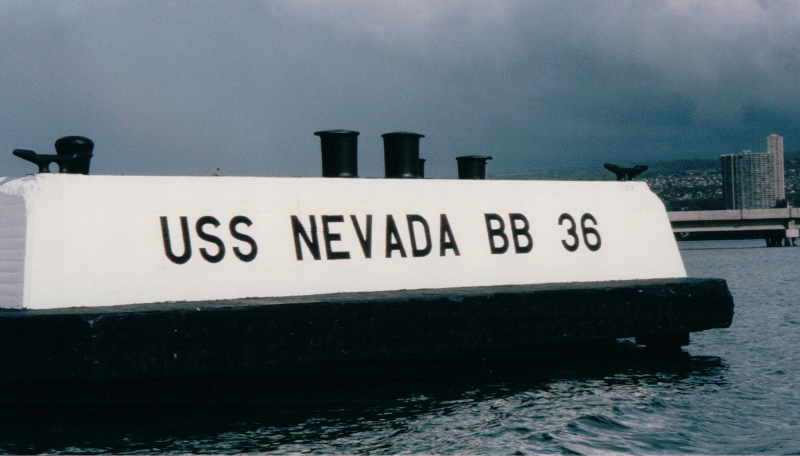
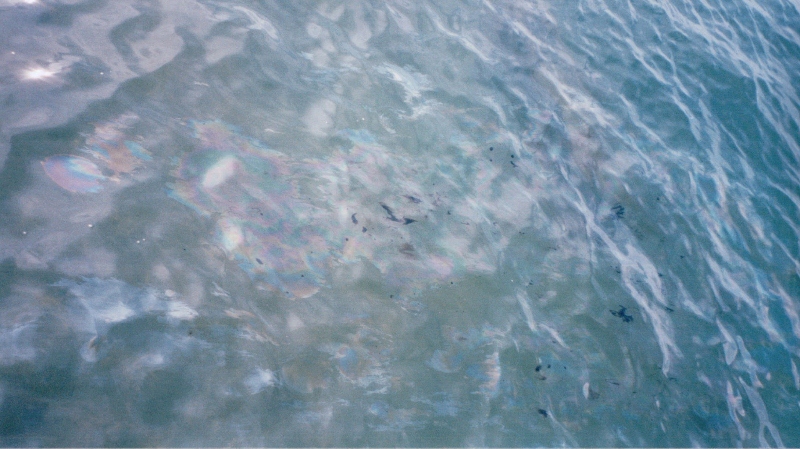
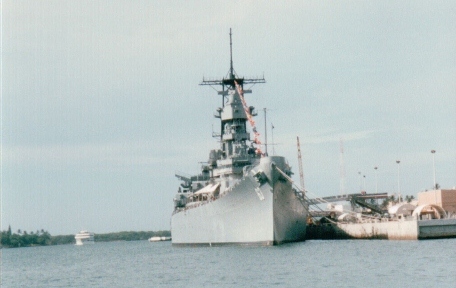
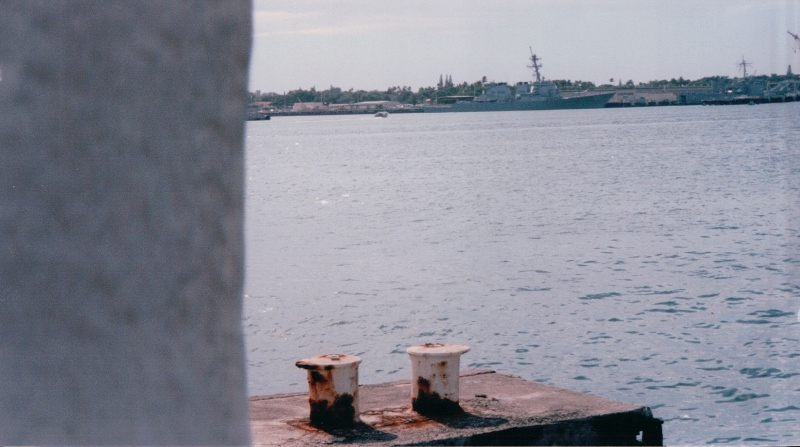
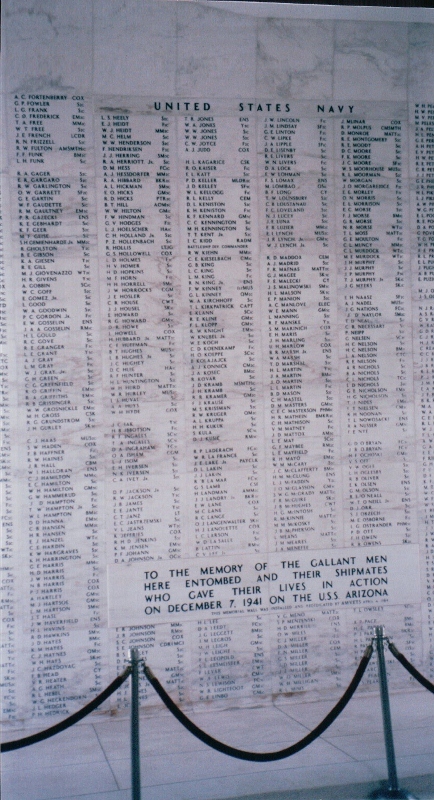



For what it’s worth, I don’t think the RJG was trying to imply the attack had been forgotten, but rather convey the relative quiet of Battleship Row today (as compared to the rest of Pearl, or what the area must have been like in 1941).
I was always a bit in awe every time I was on base. My uncle was on the USS California that day and I grew up listening to his stories.
…and those fighting to save the lives of Americans in our own backyard who deploy everyday as well for months on end… Nice post Orrin.
Thank you for posting this–it’s a strong piece of writing and I appreciated the perspective.